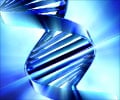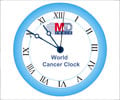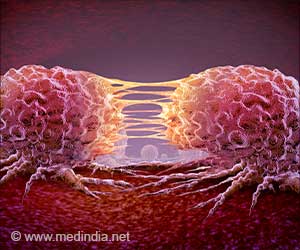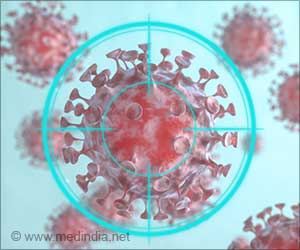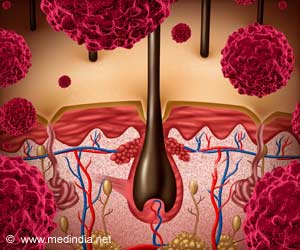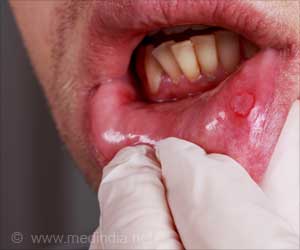
The first prototypes of the device are undergoing trials and according to experts has the potential to prolong the lives of 12.7million newly-diagnosed cancer sufferers and save lives of millions.
O'Halloran, 37, said that the team is using the device - that he developed while he was experimenting in his garage - to extract, amplify and analyse DNA from tumours or other samples to make sure that the patient gets a personalised service as soon as possible.
He asserted that the device can also provide rapid diagnosis for TB, malaria, HIV and STIs.
The device analyses submicroscopic amounts of human tissue to diagnose a disease or cancer by its genetic make-up and how far it has progressed.
Source-ANI


